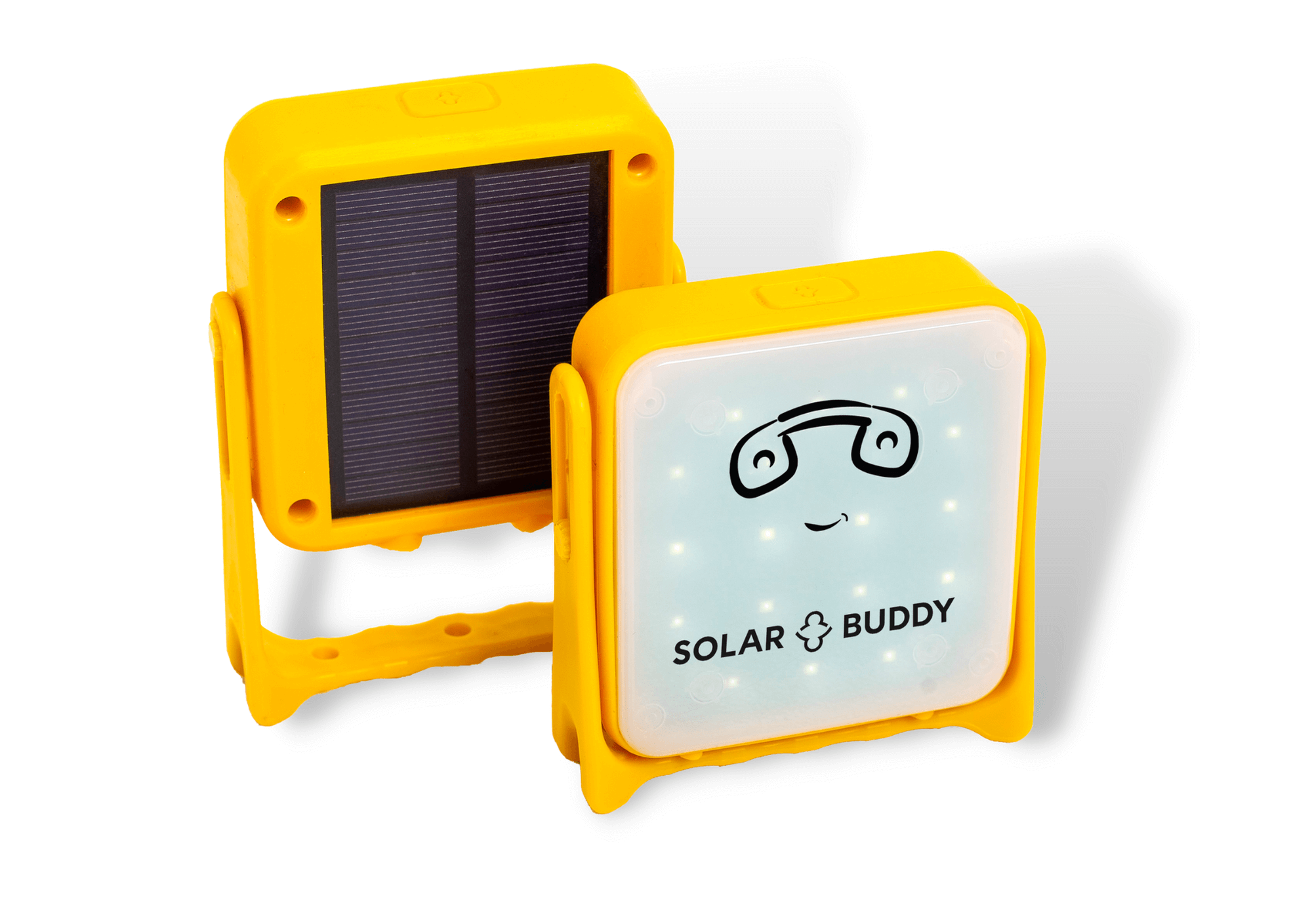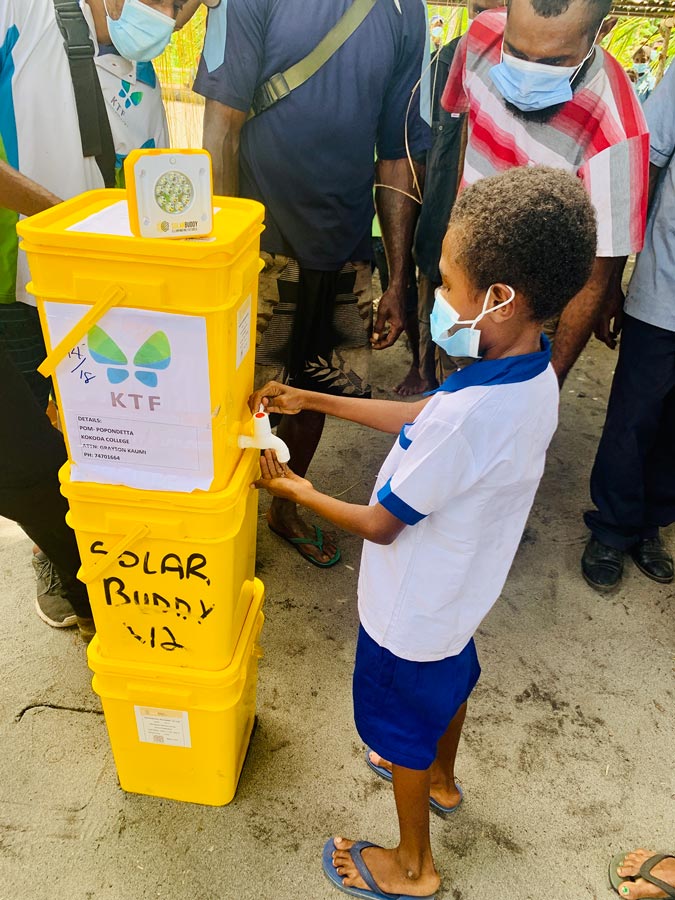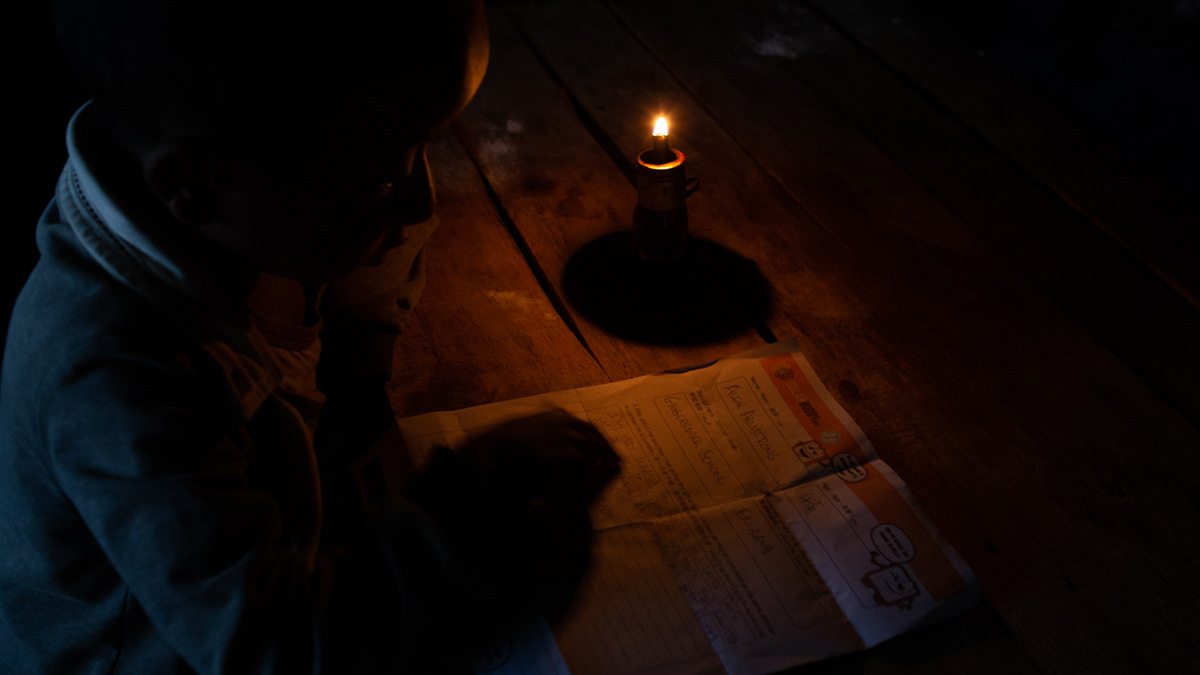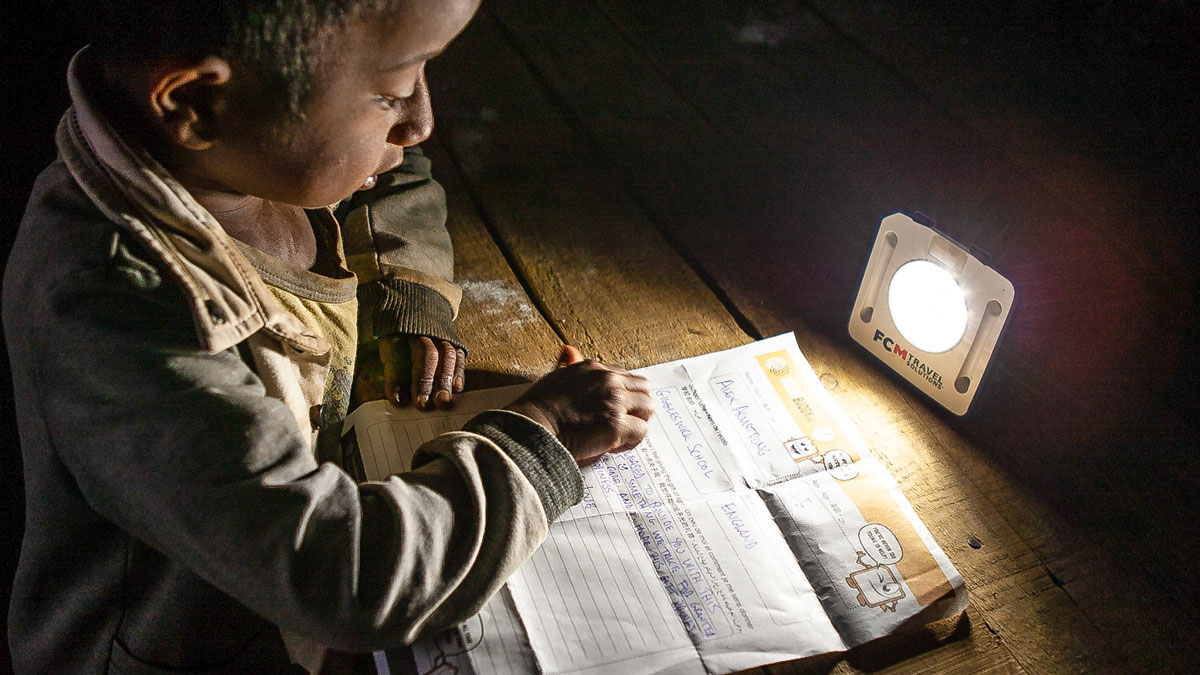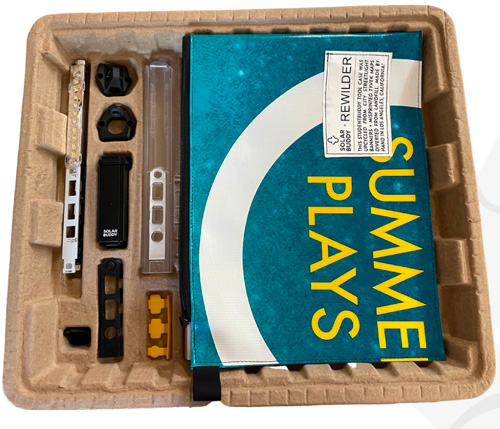Do you want to have a hand in delivering these products to children living in energy poverty? You can.
We are formulated on a vision for children helping children. That’s why we’ve developed curriculum aligned programs that allow school aged children to assemble our products, to be delivered directly from them to a child living in energy poverty overseas.
Our corporate programs allow you to boost your CSR through a partnership with purpose, allowing your team to take part in a JuniorBuddy or StudentBuddy build.
Even just a simple donation goes towards the assembly and distribution of our innovative solar light solutions, lifting a child and their family out of energy poverty, transforming their life for the better.
